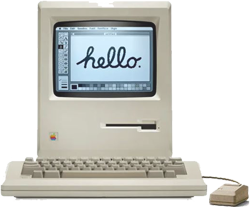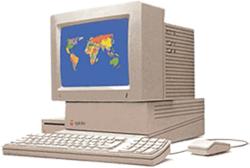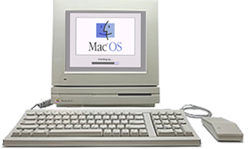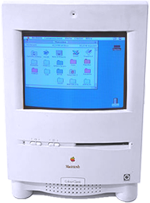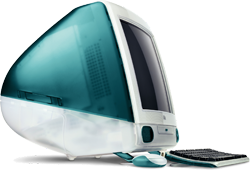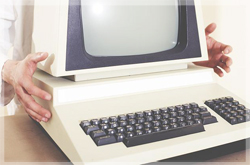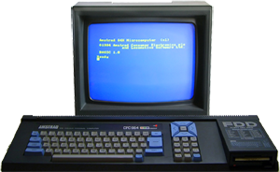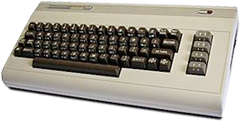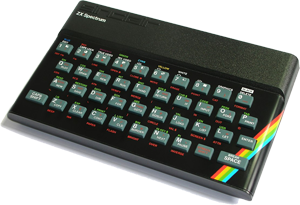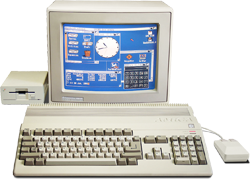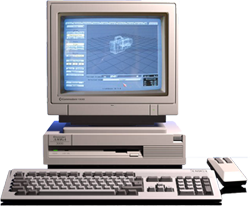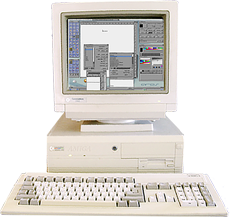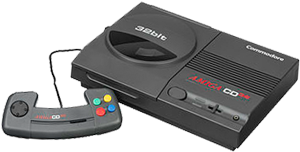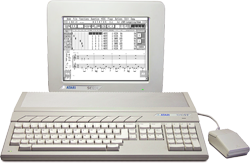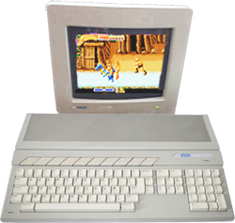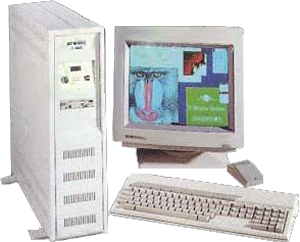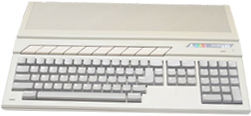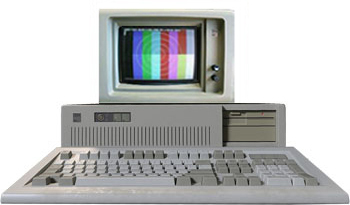The Power of Vintage
Deluxe Paint by EA
Deluxe Paint was first released in November 1985 for the Amiga 1000. It was created by Dan Silva for Electronic Arts and quickly became a legendary graphics program. It played a key role in the creation of many computer games in the 1980s and early 1990s. Over time, newer versions were released for different systems.
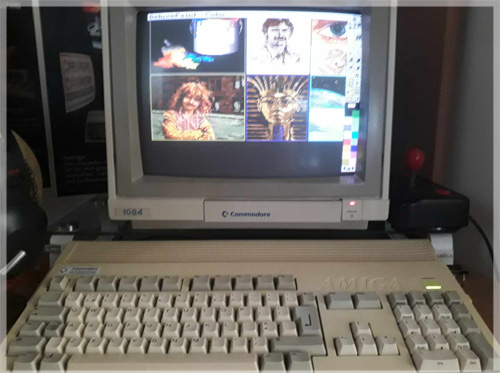
- Amiga (OCS) Deluxe Paint 1,2,3, and 4 releases
- Amiga (AGA) Deluxe Paint 4 and 5 enhanced releases
Lucasfilm Games
LukasArts/Lucasfilm Video Games
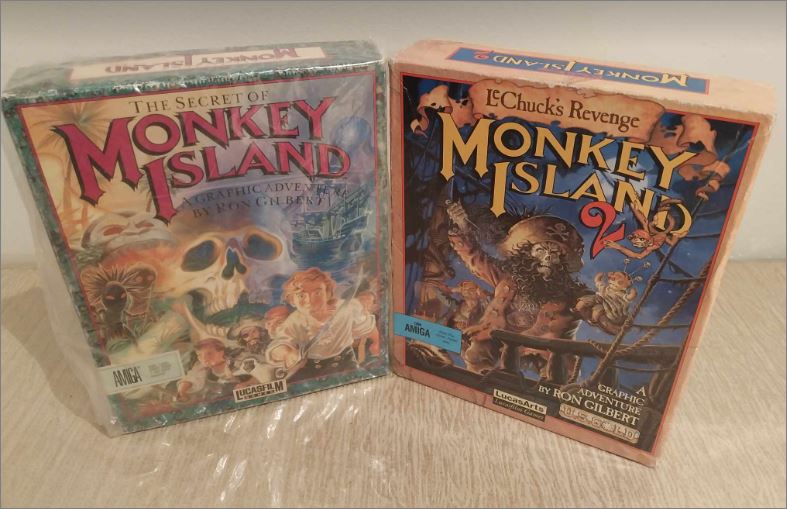
The Short History of LucasArts/Lucasfilm
Founded in 1971 by George Lucas, Lucasfilm Ltd. was originally a film and television production company. In May 1982, the company expanded into gaming with the creation of Lucasfilm Games, which later gained worldwide acclaim for its innovative point-and-click adventure titles.
GameBoy
Game Boy (GB) and Game Boy Color (GBA)
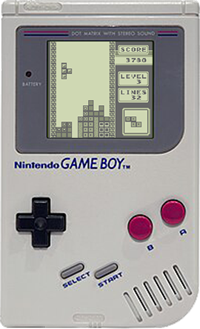
Released in April 1989, the Game Boy is an 8-bit handheld game console developed and manufactured by Nintendo. Its immense success kept it in production until 2003.
- Launch Price (US): $89.99 (approx. $212 in 2023 money)
- Total Sales: Approximately 118.5 million units sold worldwide (Game Boy and Game Boy Color combined)
Greek Joysticks
🕹️ The 9-Pin Greek Joysticks That Refuse to Die
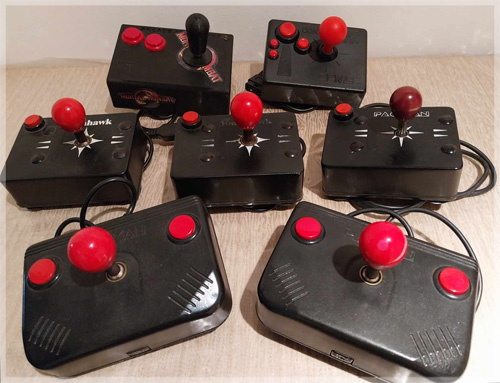
In the 1980s, several Greek manufacturers produced remarkably durable and high-performance joysticks for 8-bit and 16-bit home computers. Built with hard plastic shells, microswitches, and arcade-style sticks, these joysticks rivaled the quality of those found in professional arcade machines.
Atari Jaguar
Atari Jaguar Games Console
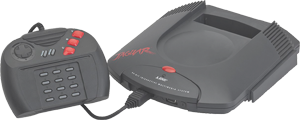
Released in November 1993 and discontinued in 1996, the Atari Jaguar was a 32-bit video game console notable for its advanced hardware and unique architecture. Despite being marketed as "the only 64-bit system," it was, in fact, a 32-bit system with 64-bit elements in its memory architecture. The Jaguar featured four specialized processors capable of delivering high-quality graphics and sound but proved challenging for developers due to its complex design.
- At launch, the Jaguar was priced at $249.99 in the U.S. (equivalent to around $530 in 2023 money)
- It is estimated that 150,000-250,000 units were ever sold
Page 4 of 12








